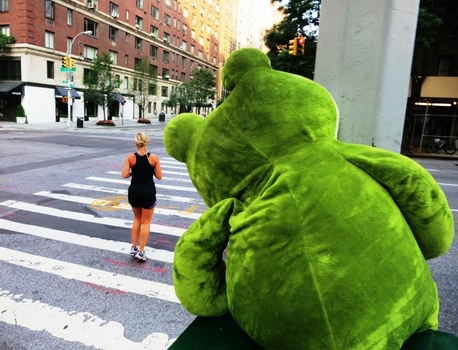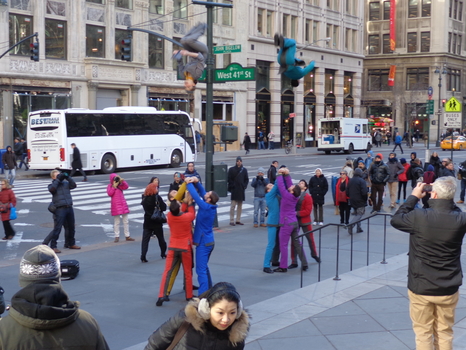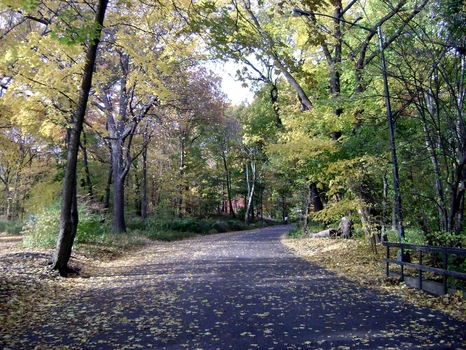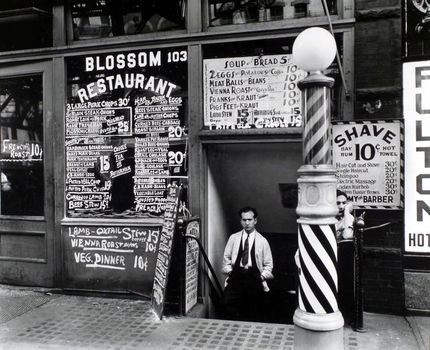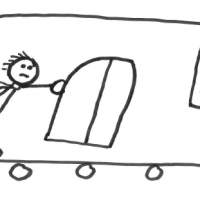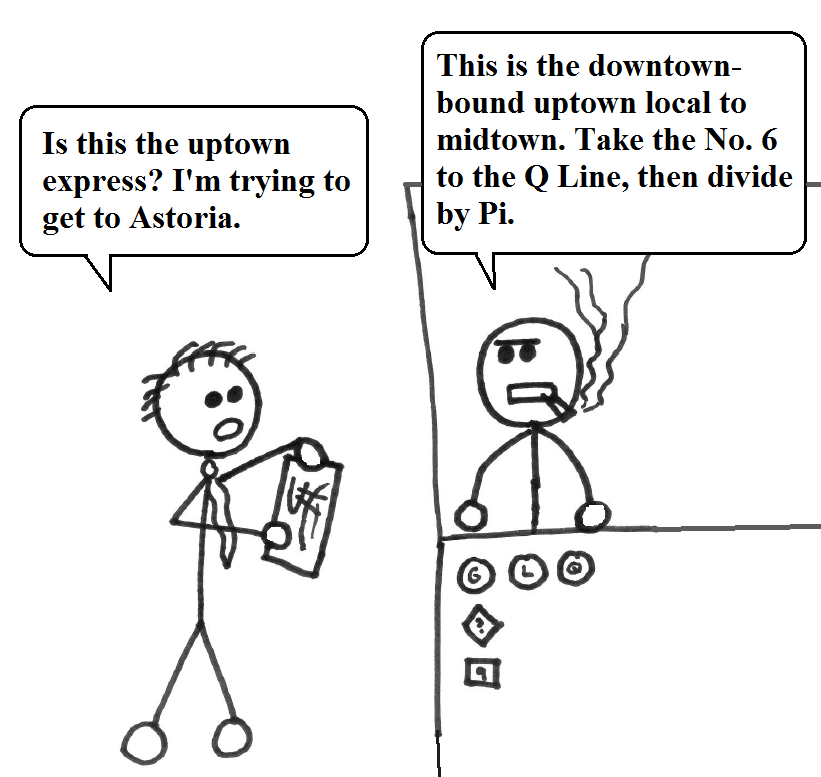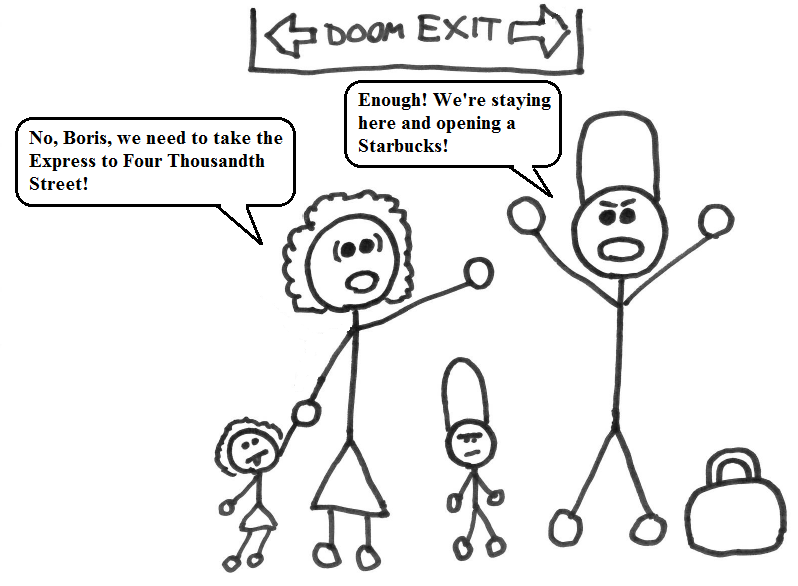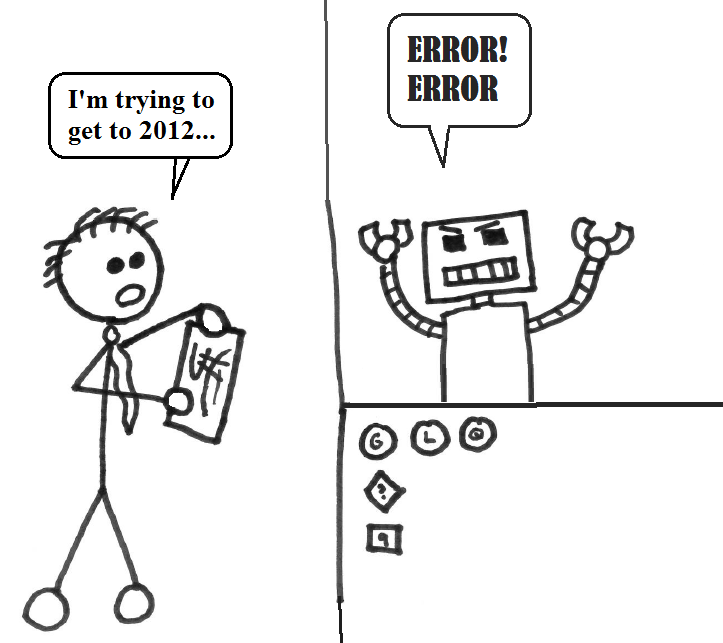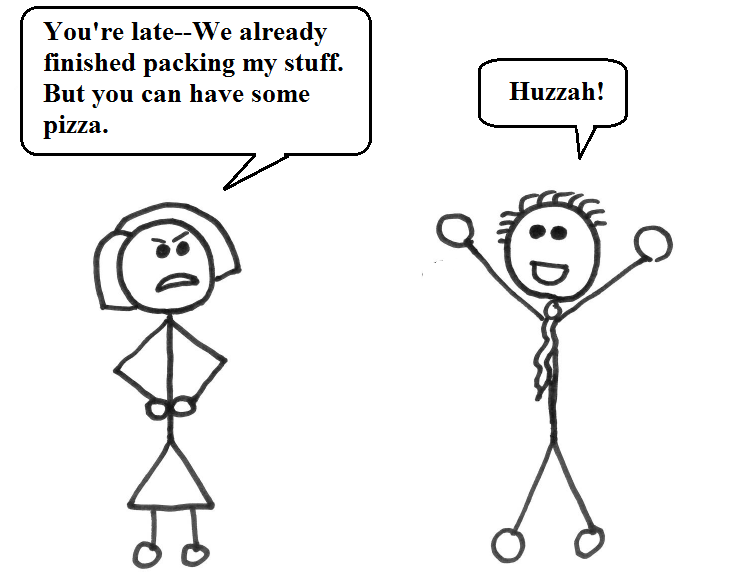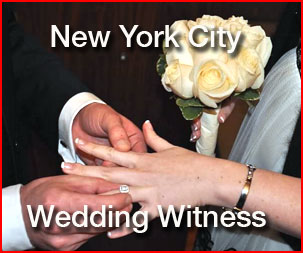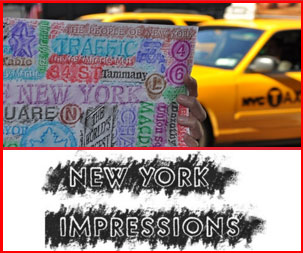Given the millions of people who work, live, and mug each other in New York, the city’s subway system is truly impressive. Few networks could possibly accommodate so many trains and people without an occasional hitch. (Except, of course, for Germany, which excels at such challenges.) But even Teutonic railroad makers would have a difficult time designing a 9-million person transit system which was not at least a little confusing. This article will help you get from points A to B like a pro.
The first thing to do when confronted with the New York subway system is to give yourself plenty of time to maneuver it. If you’ve been to New York previously and have some working knowledge of geography, give yourself two to six “buffer hours” to account for surprise variations in stops or times.
If you are new to New York and unfamiliar with subterranean railroads, it’s best to travel only one or two stops at a time, then book a hotel room and recuperate. Many of New York’s more colorful ethnic boroughs started as little more than reprieves from transit confusion.
Also be aware that the “Maps” function on your smart phone pertains to a perfect, frictionless alternate universe which only vaguely resembled the one you live in. Let’s say that, hypothetically, you are working in Dowtown Manhattan but have agreed to visit your experimental artist friend’s exhibit in one of the stabbier areas of Brooklyn. If your phone says it takes 32 minutes to get from Rector Street to Kingston Throop, this means it would be hypothetically possible to make that distance in 32 minutes if all of the trains were running, and on time, you were the only passenger on them, and the conductor never came to a complete stop.
In reality the 32 prescribed minutes can take far more time, or sometimes even less, as the NYC subway system operates in its own distinct time-space continuum. (See Star Trek: The Next Generation, “Yesterday’s Enterprise” Season 3, Episode 15, set entirely on Brooklyn’s G Line.)
In our hypothetical journey you will begin Downtown. However, when trying to transfer at Whitehall, it will be temporarily closed due to Hurricane Sandy or possibly a troll infestation. Exit the subway and walk to Wall Street to hitch a ride on the 3, then proceed to Brooklyn.
Here’s where things get complicated. When you get to Clark Street they are doing subway repairs, but have lined up a shuttle to take you to Hoyt-Schermerhorn. The next stop is only operating Express service at this time, but there is a local catapult that you can take to Clinton-Washington.
When you arrive at Clinton-Washington take the A Local “wormhole service” through a vortex in the space time continuum. This will bring you to Franklin Avenue in the year 1954. You will need to enter cryogenic suspension and “hibernate” until you get back to 2012. If you have a Metro Card you can use the transit system’s cryogenic suspension chamber for free. If not you will need to pay $2.50 in dimes.
Cryogenic technology is pretty hit-or-miss, particularly on weekends or after rush hour, so you might overshoot and go to the year 2150 by mistake. That’s okay, because in 2150 robot overlords control New York, and they have excellent public time travel facilities. Just talk to the helpful booth attendant.
Thaw out in 2012 and proceed to Kingston Throop. While the journey will take you approximately fifty-eight years to complete, due to helpful time travel variations instituted by Mayor Bloomberg, you will only be twenty minutes late upon arrival.


